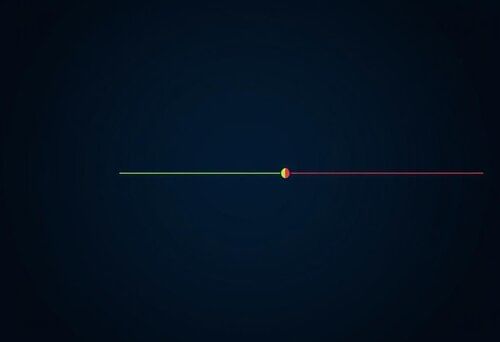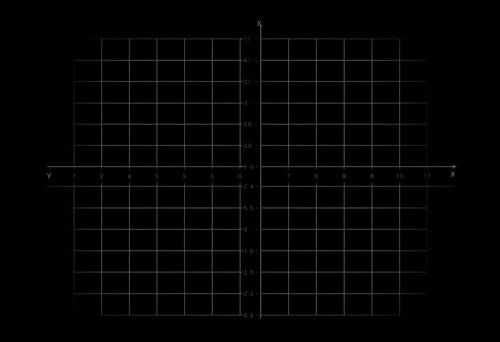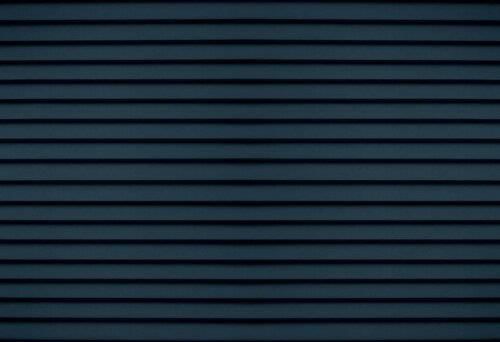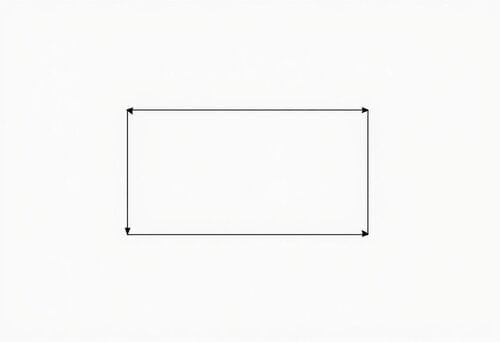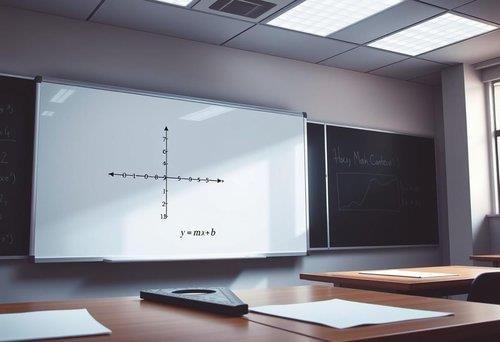|
A shape that is rotated, resized, or flipped is considered a ___, as these actions change the shape’s orientation or size. |
Card: 1 / 26 |
|
If shape A is moved 4 squares left and 1 square down, the coordinates of its vertices are translated by ___. |
Card: 3 / 26 |
|
Coordinates on a grid are written as (___, ___), where the first is the horizontal position and the second is the vertical position. |
Card: 7 / 26 |
|
In a translation, lines connecting corresponding vertices of the original and translated shapes are ___ and of equal length. |
Card: 9 / 26 |
|
The distance moved is described by specifying the horizontal and vertical distances. 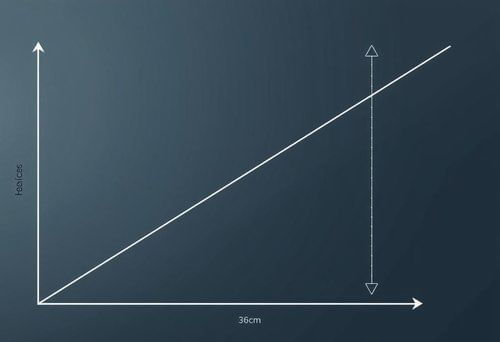 |
Card: 12 / 26 |
|
For a rectangle with vertices at (1, 3), (5, 3), (5, 4), what are the coordinates of the fourth vertex? |
Card: 13 / 26 |
 Unlock all Flashcards with EduRev Infinity Plan Starting from @ ₹99 only
|
|
If shape A is translated 5 units to the right and 2 units up to become shape B, what is the reverse translation from B back to A? |
Card: 15 / 26 |
|
The reverse translation subtracts (5, 2), moving left 5 units and down 2 units. |
Card: 16 / 26 |
|
Fill in the blank: Coordinates (0, 2), (1, 4), (2, 6), (3, 8) form a linear pattern where y = ___x + 2. |
Card: 17 / 26 |
|
True or False: The coordinates (6, 3), (6, 7), (8, 3) can determine a rectangle with a fourth vertex at (8, 7). |
Card: 19 / 26 |
|
What linear equation can be derived from the pattern of coordinates (0, 2), (1, 4), (2, 6), (3, 8)? |
Card: 21 / 26 |
|
Riddle: I start at (0, 2) and keep adding two to my y value for every step in x. What pattern do I follow? |
Card: 23 / 26 |
|
Fill in the blank: In a translation, each vertex of the original shape moves the same distance and direction to form the ___ shape. |
Card: 25 / 26 |







